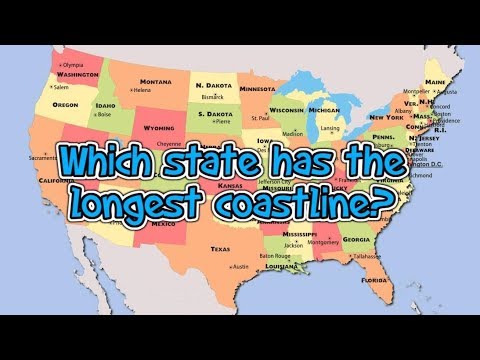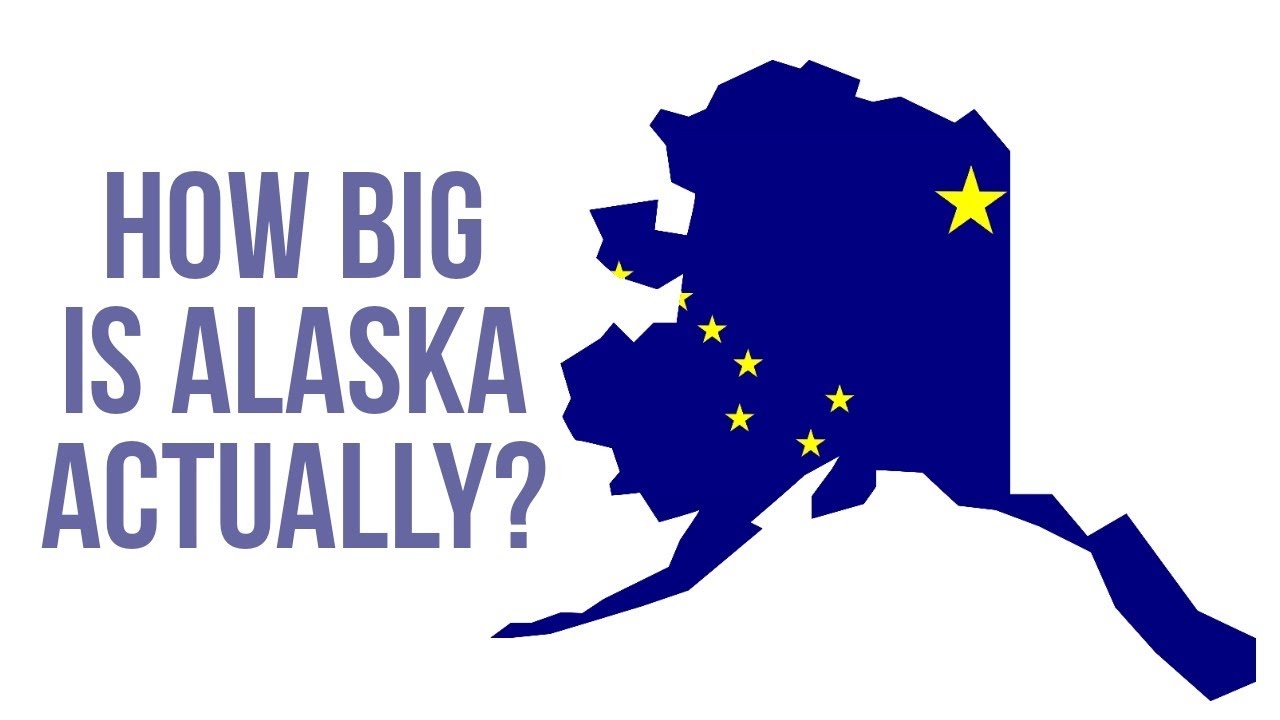Introduction to the coastlines of Maine and Rhode Island
Maine and Rhode Island, two states in the northeastern region of the United States, boast stunning coastlines that attract visitors from around the world. While both states offer picturesque views of the Atlantic Ocean, a common question arises: which state has a longer coastline? This article aims to delve into the details of the coastlines of Maine and Rhode Island, exploring their geographical features, measurements, and factors affecting their lengths.
Measuring the coastline: methodologies and challenges
Measuring the length of a coastline may seem like a straightforward task, but it poses unique challenges. The coastline is irregular and varies in shape, resulting in different measurements depending on the scale used. Different methodologies, such as the “line of sight” or “tangent line” methods, have been employed to determine coastline lengths. However, due to the complexities of natural landforms and tidal fluctuations, obtaining accurate measurements can be difficult.
Importance of determining the length of coastlines
Determining the length of a coastline serves various purposes. It aids in understanding the geological and geographical characteristics of a region, which can be valuable for scientific research, land management, and environmental conservation. Additionally, measuring coastlines contributes to mapping efforts, infrastructure planning, and coastal erosion studies. Therefore, determining the longer coastline between Maine and Rhode Island can provide valuable insights into the unique features and challenges faced by each state.
Geographical features of Maine’s coastline
Maine, known for its rugged beauty, possesses a remarkable coastline spanning approximately 3,478 miles. The state’s coastline comprises numerous peninsulas, islands, and bays. It is characterized by rocky cliffs, sandy beaches, picturesque lighthouses, and iconic fishing villages. The intricate network of islands, including Mount Desert Island and the Casco Bay Islands, adds to the scenic charm of Maine’s coastline.
Geographical features of Rhode Island’s coastline
Rhode Island, the smallest state in the United States, may not have the vast expanse of coastline that Maine offers, but it boasts a charming and diverse shoreline of approximately 384 miles. Rhode Island’s coastline features a mix of sandy beaches, salt marshes, and rocky shores. Popular destinations like Newport and Block Island attract tourists with their stunning coastal landscapes and historic landmarks, including the famous Newport Mansions.
Comparing the lengths of Maine and Rhode Island coastlines
When it comes to comparing the lengths of Maine and Rhode Island coastlines, Maine undoubtedly emerges as the clear winner. With its extensive shoreline of 3,478 miles, Maine surpasses Rhode Island’s coastline of approximately 384 miles by a significant margin. However, it is important to note that Maine’s coastline includes its numerous islands and intricate peninsulas, contributing to its impressive length.
Factors affecting coastline measurements
Several factors can influence coastline measurements. For instance, the scale used for measurement plays a crucial role. Smaller scales tend to produce shorter measurements, as they overlook intricate details. In contrast, larger scales capture more features, resulting in longer measurements. Additionally, tidal fluctuations and seasonal variations can affect coastline lengths, as the boundary between land and water fluctuates over time.
Research methods used to calculate coastline lengths
To calculate coastline lengths accurately, researchers employ various methods. One widely used approach involves dividing the coastline into smaller segments and measuring each segment separately before summing them. This method accounts for the intricate details of the coastline. Additionally, advancements in remote sensing technologies, such as aerial photography and satellite imagery, have greatly aided researchers in obtaining more precise measurements.
Historical approaches to measuring coastlines
Historically, measuring coastlines was a challenging task. Early methods relied on basic measurements using ropes, chains, or other tools. However, as understanding of coastline dynamics evolved, more sophisticated measurement techniques were developed. These included using compass bearings, sextants, and detailed maps. Today, with the help of advanced technology, coastline measurements have become more accurate and reliable.
The impact of erosion on Maine and Rhode Island coastlines
Coastal erosion poses a significant threat to both Maine and Rhode Island’s coastlines. In Maine, erosion is primarily caused by wave action, storm surges, and rising sea levels. These factors erode cliffs and beaches, leading to loss of land and habitat. In Rhode Island, erosion is also a concern, particularly along the sandy beaches. Rising sea levels and storms contribute to the gradual erosion of Rhode Island’s coastline, affecting coastal communities and ecosystems.
Future prospects for the coastlines of Maine and Rhode Island
The future of Maine and Rhode Island’s coastlines hinges on various factors. With the increasing global focus on climate change and rising sea levels, both states must prioritize coastal management and implement measures to mitigate erosion. Sustainable practices, such as beach nourishment, dune restoration, and coastal protection initiatives, can help preserve these invaluable coastal resources for future generations to enjoy.
Conclusion: Determining the longer coastline between Maine and Rhode Island
In conclusion, while both Maine and Rhode Island offer breathtaking coastal landscapes, Maine undoubtedly possesses the longer coastline. Measuring approximately 3,478 miles, Maine’s coastline is marked by its rocky cliffs, sandy beaches, and numerous islands. Rhode Island’s coastline, covering roughly 384 miles, boasts a diverse mix of sandy beaches and rocky shores. The lengths of these coastlines are determined by various factors, including scale, methodology, and geographical features. As both states face the challenges of erosion and rising sea levels, safeguarding these precious coastal resources becomes increasingly vital for the future.





